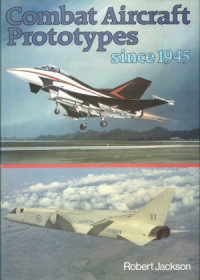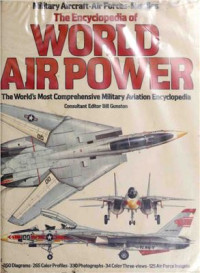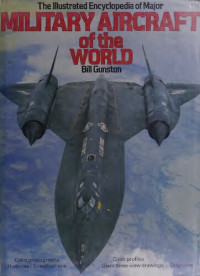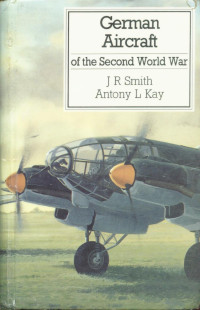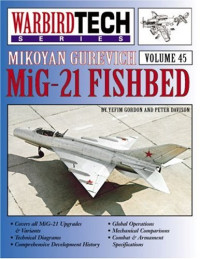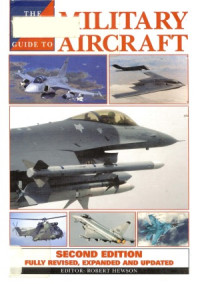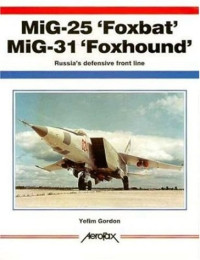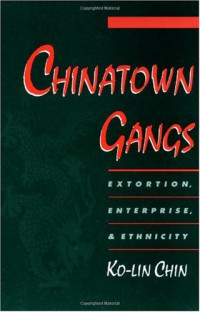
Chinese aircraft : China's aviation industry since 1951
E Gordon, Dmitriĭ Komissarov
Shrouded in secrecy, output from the Chinese aviation industry was, until recently, largely unknown in the West. In the 1950s, when communist China and the Soviet Union were on friendly terms, the Soviet Union assisted in the establishment of the People's Liberation Army Air Force (PLAAF) by delivering combat aircraft and training Chinese personnel. Following the 1960s' rift between Moscow and Beijing, the Chinese authorities set up an indigenous aircraft industry, and as they gained experience, versions of Soviet aircraft started appearing together with their own designs. Chinese Aircraft provides a full description of all aircraft types including the Shaanxi Y8, the Chengdu JF-17 (FC-1) light fighter, which is now entering service with the Pakistan Air Force, the Shenyang J-10, and the KJ-2000 AWACS aircraft based on the Il'yushin IL-76. It also details the factories and design institutions representing the industry over the years, including Chengdu, Guizhou, Shenyang, Xian, and Chiange and compares early and late designs to show how those organizations developed. A special section deals with experimental types and the latest research and development while further sections are devoted to aircraft weapons, unmanned aerial vehicles, and Chinese aircraft exports on a country-by-country basis. Numerous color profiles and three-view drawings are also included, along with the logos of production enterprises and design institutions to form a comprehensive guide to Chinese aircraft and China's aviation industry.
Categorías:
Año:
2008
Editorial:
Hikoki Publications
Idioma:
english
Páginas:
159
ISBN 10:
190210904X
ISBN 13:
9781902109046
Archivo:
PDF, 179.42 MB
IPFS:
,
english, 2008
 Amazon
Amazon  Barnes & Noble
Barnes & Noble  Bookshop.org
Bookshop.org  Convierte archivos
Convierte archivos Más resultados de búsqueda
Más resultados de búsqueda Otros beneficios
Otros beneficios 



